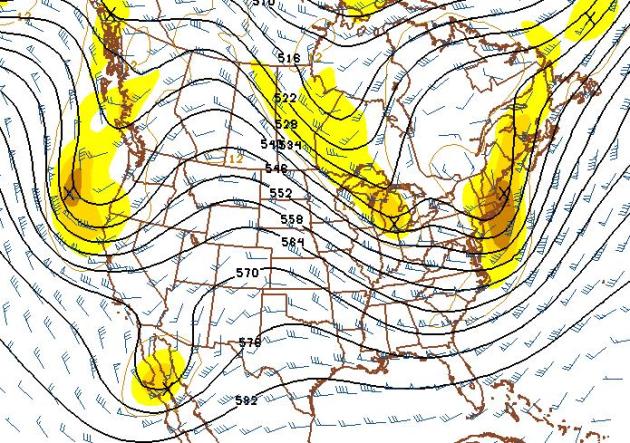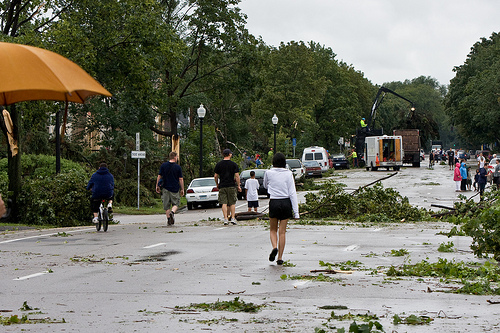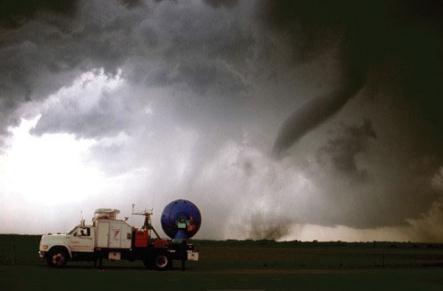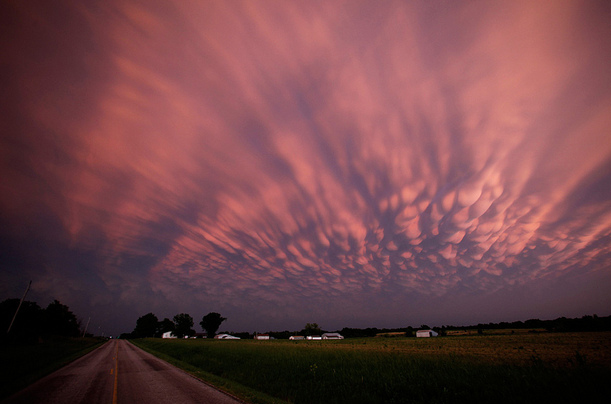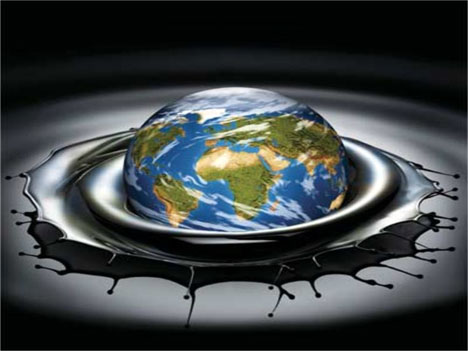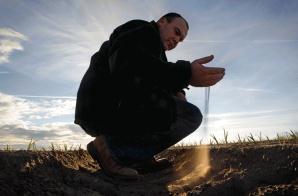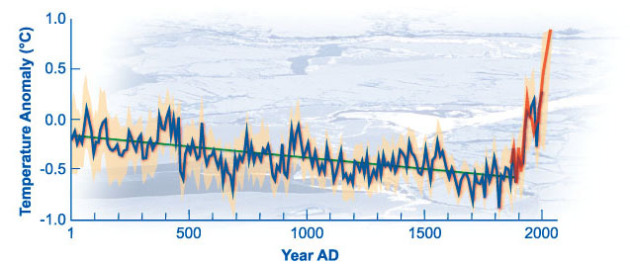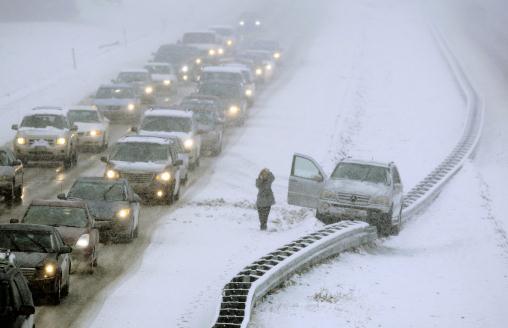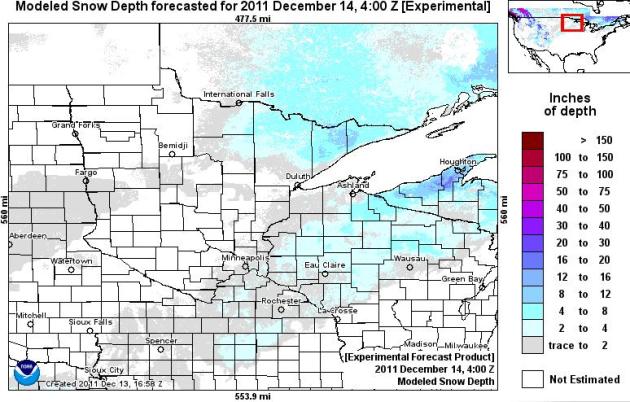0": snow depth in the Twin Cities.
Trace: snow depth in Duluth.
287.99" snow at 6991 feet at Alpine Meadows Base. It’s at Lake Tahoe, six miles Northwest of Tahoe City, California (most snow in the lower 48 states as of December 13).
2006: last year we had a "brown Christmas", with less than 1" of snow on the ground in the Twin Cities. My hunch is that - this year - for the first time in 5 years, we will not have a white Christmas. Hope I'm wrong...
1,789 heating degree days as of December 13. Normal, to date, is 2,172. That means we've saved about 18% on our heating bills since September.
Twin Cities Extended Outlook (guestimate):
Christmas Eve: 20-25 degrees, windy with a few passing flurries.
Christmas Day: 18-24 degrees, intervals of sun - probably dry.
Christmas Preview. Here's the GFS prediction for 500 mb winds (18,000 feet) at noon on Christmas Day, hinting at diminishing snow for New England, snow showers and flurries for the Great Lakes (from a fast-moving clipper), but otherwise fairly dry east of the Rockies. A cold rain may spread into the west coast, from Seattle to the Bay Area.
Arizona Snowfall Amounts (as of 10:30 pm Tuesday night). Photo above from the Bellemont, Arizona NWS
office, where 6.9" snow fell yesterday.
26" Forest Lakes
14" Alpine
13" Flagstaff
"In many ways, 2011 rewrote the record books," said Chris Vaccaro, a NOAA spokesperson, in an e-mail. "It's taken a huge financial toll with high economic losses and a heavy loss of life with more than 1,000 weather-related fatalities and more than 8,000 people injured." - article on 2011's extreme weather below from The Christian Post.
93 declared federal disasters so far in 2011. That's more than 2 1/2 times FEMA's yearly average of 35.
Slushy Coating Tonight? A coating to an inch of slushy snow is possible tonight, a changeover from rain to snow after the dinner hour. Most major roads will probably stay wet in the immediate metro, but watch bridges and secondary roads, especially away from the Twin Cities later this evening.
"Winter is the time of promise because there is so little to do - or because you can now and then permit yourself the luxury of thinking so." - Stanley Crawford
"I like these cold, gray winter days. Days like these let you savor a bad mood". - Bill Watterson
"Every mile is two in winter." - George Herbert
* Check out
quotegarden.com for a comprehensive selection of quotes, for winter, or any topic at all. Photo courtesy of the Star Tribune and AP.
Where's The Snow? Here's an updated
snow depth map showing snow on the ground (or I should say a dire lack of snow on the ground), courtesy of NOAA's NOHRSC division. Parts of the Minnesota Arrowhead are reporting 4-8", with a few pockets of 10" amounts over the Boundary Waters. An inch or two is left over parts of southeastern Minnesota, but there's virtually no snow on the ground over most of central, western and northwestern Minnesota.
The Gathering Storm. Tracing The Trail Of Joplin's Killer Tornado. Why was the Joplin tornado so extreme? Here's a terrific article from the
Kansas City Star that provides some much-needed perspective and analysis: "
On a steamy Sunday afternoon in May, Andy Foster grew more and more uneasy. All day he’d been tracking air pressure, wind patterns and moisture levels from his home halfway between Springfield and Joplin. Now, sensing menace in the west, the National Weather Service forecaster decided to head into work early. Violent weather in spring is as common as dandelions on Foster’s turf in southwestern Missouri. Yet in nearly 20 years, only a handful of days gripped his gut. May 22 was one of them. The senior forecaster strode out the door around 3 p.m., squinting in the sunshine, thinking about the work ahead for him and his colleagues at the weather service office in Springfield. You might want to pray for us, he told Heidi, his wife. Things don’t feel right. In the next 2 1/2 hours, the weather would deteriorate from bad to catastrophic. Huge thunderstorms would fire up in eastern Kansas and come crashing together, ultimately unleashing an EF5 tornado on top of Joplin." (image above courtesy of NOAA).

.
The Christian Post has more: "
A report released Wednesday by the National Oceanic and Atmospheric Administration (NOAA) says that 2011's natural disasters each caused at least $1 billion in damage. Ranging from blizzards to brushfires, the collection of natural phenomena is costing American taxpayers in total $52 billion. "In many ways, 2011 rewrote the record books," said Chris Vaccaro, a NOAA spokesperson, in an e-mail. "It's taken a huge financial toll with high economic losses and a heavy loss of life with more than 1,000 weather-related fatalities and more than 8,000 people injured."
Dashing Through The Snow, In A One-Truck Radar Dish.
Physorg.com has the story: "
In the Storm Chasing Utah Style Study--SCHUSS--funded by the National Science Foundation (NSF), chasing snowstorms is "as exciting as chasing tornadoes," says University of Utah atmospheric scientist Jim Steenburgh, the project's director. He and colleagues are "looking at the guts," Steenburgh says, "of winter storms in the Salt Lake Valley and surrounding Wasatch and Oquirrh Mountains." The researchers peer through ice pellets and into the eye of a snowstorm, taking meteorological CAT scans to see a storm's inner workings. The CAT scanner, in this case, is a truck-mounted radar dish called the Doppler-on-Wheels, or DOW. It's operated for NSF by the Center for Severe Weather Research (CSWR) in Boulder, Colorado." Image above courtesy of
Wikipedia.

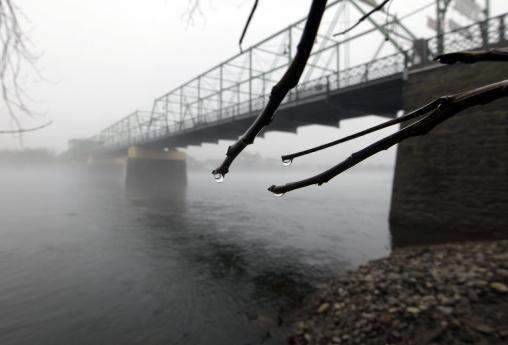
December Puddles
"In all things of nature there is something of the marvelous." Aristotle may have been the first authentic weather geek (er, enthusiast). He documented the study of "meteors", described as anything in the air. Hydro-meteors are clouds, luminous meteors are rainbows and halos, igneous meteors: lightning strikes.
I'm stalling, because if you checked the page hoping for news of a big snowstorm just in time for Christmas you may be disappointed. I haven't completely given up on a white Christmas, but right now it's a longshot, in my humble estimation. Why? The latest weather map is dominated by a "split flow", the wind flow aloft divided into a dry, northerly branch, with winds blowing from the west/northwest high above Minnesota. A second, wet, southerly branch of the jet is whisking the biggest storms well south of Minnesota.
According to Dr. Mark Seeley at the U. of Minnesota, midwinter rain and ice events have increased by 4X since 2000 across much of the Upper Midwest. We're seeing less snow, more rain - even during the dead of winter.
Significant snow is possibly next Tuesday from Kansas City to Chicago - a storm that will pass well south/east of the Twin Cities. No big storms for the east coast, but significant rain may spread into the west coast in time for Christmas Day.
* photo above courtesy of the Star Tribune and the AP.
Climate Stories...
Most Americans Link Bad Weather To Climate Change.
Live Science has the details: "
More than half of Americans believe that weather in the United States has gotten worse over the past several years, and even more say they believe that global warming is affecting U.S. weather, a new report finds.....For the first time this November, the researchers asked a nationally representative sample of 1,000 Americans whether they believe that weather has been changing over the last several years. About 40 percent said no, while 56 percent said that weather seems to be getting worse. (Three percent said weather is improving.) In a separate question, 65 percent of Americans said climate change is affecting global warming."
Global Climate Change Deal Reached In Durban. Here's the latest from
ENS and CBS: "
As dawn broke over Durban this morning, climate negotiators agreed to launch a new legally-binding treaty limiting greenhouse gas emissions that would apply to all 194 member governments of the UN Framework Convention on Climate Change. They also approved a second commitment period for the existing Kyoto Protocol and the launch of the Green Climate Fund. The final package of agreements, known as the Durban Platform, was reached after intense negotiations that extended until 5 am this morning, more than a day past the official end of conference. UN Secretary-General Ban Ki-moon today welcomed the outcome, saying these decisions represent "a significant agreement that will define how the international community will address climate change in the coming years. "Taken together, these agreements represent an important advance in our work on climate change," Ban said, calling on countries to "quickly implement these decisions and to continue working together in the constructive spirit evident in Durban."
Today's Severe Drought - Tomorrow's Normal.
Environmental Protection Magazine has the story: "
While the worst drought since the Dust Bowl of the 1930s grips Oklahoma and Texas, scientists are warning that what we consider severe drought conditions in North America today may be normal for the continent by the mid-21st century, due to a continuously warming planet. A team of scientists from the Lawrence Berkeley National Laboratory (Berkeley Lab), Lawrence Livermore National Laboratory (LLNL), and the National Oceanic and Atmospheric Administration (NOAA) came to this conclusion after analyzing 19 different state-of-the-art climate models. Looking at the balance between precipitation and evapotranspiration—the movement of water from soil to air—they found that no matter how rainfall patterns change over the next 100 years, a warming planet leads to drought. Their results were published in the December 2011 issue of the American Meteorological Society’s Journal of Hydrometerology."
Top 10 Signs We Are Living In A Warming World: 2011 Edition. More from
The New Yorker:
"1. Even “skeptics” admit the world is warming: A study funded in part by the Charles G. Koch Foundation and led by Richard Muller, a Berkeley physicist and self-described global-warming skeptic, concluded that the world, is in fact, warming up. The study, from the Berkeley Earth Surface Temperature, or BEST group, reviewed more than a billion temperature measurements and came to the same conclusion as virtually all the previous studies. “As far as the basic science goes, the results could not have been less surprising if the press release had said ‘Man Finds Sun Rises At Dawn,’” Eric Steig, a geochemist at the University of Washington, wrote on the blog RealClimate."

